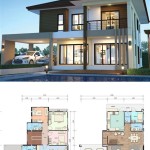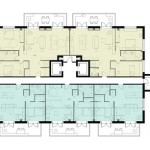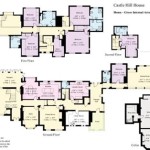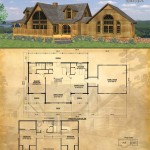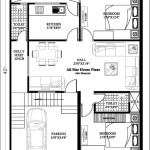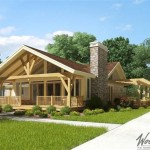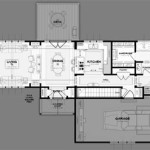Essential Aspects of Row Housing Plans
Row housing plans are an excellent option for high-density urban areas, offering a cost-effective and practical solution for providing affordable housing. Row houses, also known as townhouses, share walls with neighboring units, forming a continuous row of homes. When designing row housing plans, several key aspects require careful consideration to ensure optimal functionality and aesthetics.
Land Use Efficiency
One of the primary advantages of row housing is land-use efficiency. By sharing walls, row houses minimize individual lot sizes, maximizing the number of units that can be accommodated on a given parcel of land. This allows for higher population densities in urban areas, reducing sprawl and preserving green spaces.
Affordable Housing
Row housing plans are typically more affordable than detached homes due to reduced construction costs. The shared walls eliminate the need for additional exterior framing and insulation, reducing material expenses. Additionally, row houses often utilize standardized plans and assembly-line construction techniques, further lowering costs.
Design and Aesthetics
Row housing plans offer flexibility in design and aesthetics. While they may share common walls, individual units can have varying facades, architectural features, and color schemes. This allows for a cohesive yet visually diverse streetscape. Row houses can be designed in a variety of architectural styles, from traditional to modern, catering to different tastes and preferences.
Privacy and Natural Light
Privacy is an important consideration in row housing plans. Shared walls can potentially create noise and privacy concerns between units. However, careful planning can mitigate these issues. Staggered unit orientations, strategic window placement, and private courtyards can enhance privacy and natural light in each unit.
Community and Shared Spaces
Row housing plans often incorporate shared spaces that foster a sense of community. Common areas, such as courtyards, playgrounds, and barbecue areas, provide residents with opportunities for social interaction and outdoor recreation. Shared gardens and green spaces can also promote a sense of ownership and responsibility among neighbors.
Energy Efficiency and Sustainability
Sustainable design principles are essential in row housing plans. The shared walls provide natural thermal insulation, reducing heating and cooling costs. Additionally, row houses can be equipped with energy-efficient appliances, water-saving fixtures, and solar panels to minimize their environmental impact.
Conclusion
Row housing plans offer a viable and sustainable option for affordable housing in dense urban environments. They provide efficient land use, maximize affordability, and offer flexibility in design and aesthetics. By carefully considering privacy, natural light, and shared spaces, architects and developers can create row housing communities that foster a sense of community and well-being while minimizing environmental impact.

Exterior Of The Row House Figure 2 Floor Plans Scientific Diagram

Traditional And Modern Row Houses Urban Dwellings With Lots Of Style House Design Home Plans

Row House Plan Services At Best In Mumbai Id 10723797512

Akshay Villas Row House Details

What Is Row House 2024 Best Designs Features Benefits

Row Housing Plans House Model Plan Custom Home

The Row House Floor Plans Redrawn From Lockwood 1972 P 14 19 And Scientific Diagram

Modern House Plans By Gregory La Vardera Architect Row Concept Looking Back

2 Bhk Row House Floor Plan Autocad File Cadbull

Row Houses In Whitefield Bangalore Daiwik Sparsh

